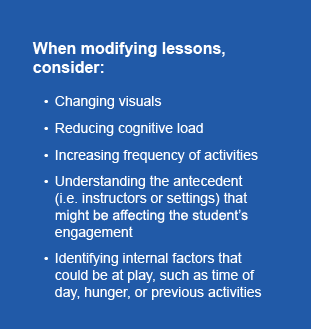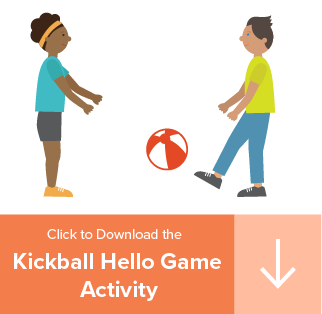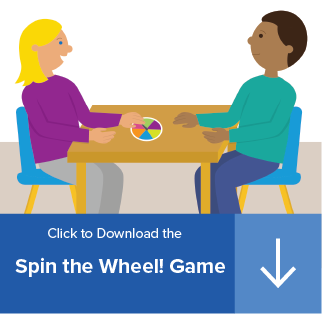January Newsletter | Using Data to Guide Students' Learning

Q: My school just started using the STAR Program a month ago. I'm not seeing much progress with my students. Am I on the right path?
A: When it comes to student progress, time is our greatest asset. If you’ve just started using the STAR Program or Links curriculum, it’s hard to determine real progress. Accumulating several months’ worth of data is the best way to understand a student’s learning trajectory so you can decide whether you need to start modifying targets to better support their needs.
Frequency of activities is also important when analyzing student progress. Not seeing much movement with a student’s ability to recognize their own name when working on it during Discrete Trial? Try adding lessons that target that skill into daily activities. Check out this circle activity that reinforces both name recognition and gross motor skills. For older students, this morning meeting game integrates peer identification and fine motor skills. More opportunities to practice means more chances to learn!
Q: I've been using the Links curriculum since the beginning of the school year and my student isn't making progress with several specific skills. It seems like they're stuck. What do I do?
A: It can be frustrating for both students and teachers when you hit a roadblock. Sometimes it’s hard to identify if your student is stuck on a target or is just taking longer to work through it. When in doubt, look back at the data to locate places where your student has been successful in the past. Using their strengths from previous targets is a great stepping-stone for identifying how to set them up for success with the next target.
For example, students sometimes have trouble going from identifying a photo of an object to identifying the object in the real world. A student might be able to identify an image of a pen but is unable to identify an actual pen on the teacher’s desk. If this is the case, return to the point at which the student was last successful. Use the image of the pen as a guide for the student when identifying the object, and consider lightening the image slightly over time, making it harder and harder to see, which slowly lessens the student’s reliance on the image. Fading out visual supports and prompts is a helpful tool when it comes to getting a student over a skill roadblock.
By focusing on your student’s past skill development, you can utilize their strengths to help you make future decisions. Use strategies from previously mastered skills to help inform your decisions about adapting lessons to make them accessible to your students.

Q: Why are my student's behaviors getting worse before they get better?
A: Extinction bursts are common when it comes to behavior modification—but that doesn’t make it any less frustrating!
When this happens, our first instinct can be to change our approach to stop the challenging behavior as quickly as possible. However, this can backfire and serve as an unintentional reinforcer for students’ undesired behavior. Consistency is key in working through extinction bursts and maintaining the replacement behavior. Continue to use reinforcers to promote replacement behaviors. Hang in there: we know it’s not easy to ignore those challenging behaviors, especially when they involve physical aggression. Awareness and understanding of the trajectory of an extinction burst goes a long way toward helping you react in the moment when they do occur.
Q: My student is flying through most of the Links lessons. Is this supposed to happen?
A: If your student is completing skills left, right, and center on either the STAR or Links curriculum, you may need to conduct another assessment. Sometimes, students can be distracted or harder to engage during assessments, and thus can land on skills that are easier for them to get through. If this is the case, conduct that part of the assessment that focuses on the lessons they’re zipping through so you can get a more precise starting point to build upon.
If you have more questions about understanding your students’ progress, reach out to us here!
Find these and other curriculum materials | For older students, a variety of independent work small |
|---|


